CAMP ASAKA, Japan Aca,!" A task force of the 29th Infantry Division, composed of Virginia and Maryland National Guardsmen, conducted two weeks of training near Tokyo with the Japanese Ground Self Defense Force 2-14 December, 2008.
The training was part of Yama Sakura 55, an annual bilateral exercise between U.S. and Japanese forces.
The Guardsmen, led by Brigadier General Peter C. Hinz of Maryland, are responsible for the command and control of a division of simulated soldiers in a computer-generated Command Post Exercise, or CPX, that emulates an attack on Japan by a fictitious military threat. The Guardsmen must replicate the full range of staff work and coordination necessary to move the simulated units.
The goal, explains Hinz, Aca,!A"is to improve relations and improve our ability to work together as military units.Aca,!A? Reaching that goal requires building relationships on a personal, as well as an operational level, with their Japanese counterparts.
Aca,!A"ItAca,!a,,cs been an outstanding experience working with the Japanese and learning about how they run their operations,Aca,!A? says Sgt. 1st Class Roy White, an intelligence sergeant with the division. Aca,!A"I hope one day to return and do it again.Aca,!A?
The task force is redefining how the 29th Infantry Division staff works together to accomplish its missions. Many of the Guardsmen have recently deployed, but most are new to their current duty positions. And procedures are being updated to take advantage of new technological capabilities available to the unit.
Similarities
JapanAca,!a,,cs Constitution currently constrains the Japan Ground Self Defense Force to missions that defend the Japanese people and ensure their security. This could mean natural disasters or external military threats. Hinz notes that this is operationally quite similar to the role that National Guard units play in the states.
Aca,!A"In addition to our federal mission to mobilize and defend the nation, we have state Defense Support to Civilian Authorities missions,Aca,!A? explains Hinz. Aca,!A"So in case of natural disasters or catastrophic events, we perform a lot of the same missions to take care of our local citizens as does the Japan Self Defense Force.Aca,!A?
Both the National Guard and the JSDF serve in a support role to civil governments and agencies. And both must be able to work efficiently with organizations that may have dissimilar operating habits or procedures.
The Yama Sakura 55 scenario covers the full spectrum of military operations, from civil support to traditional frontline battles. Sometimes complex coordination is required, which means lots of lessons learned that the 29th Division can apply to their state missions back home.
Aca,!A"We have to learn to work with our counterparts,Aca,!A? says Hinz. Aca,!A"This truly is a joint, multi-government, multi-agency exercise. And when we have operations at the state level, we have to work with state governments and state agencies to do our missions.Aca,!A?
Transformation
The 29th Infantry DivisionAca,!a,,cs lineage extends back to World War I, when the division was formed from units in Virginia, Maryland, New Jersey, Pennsylvania, and the District of Columbia. The unit symbol Aca,!" a blue and gray taijitu Aca,!" symbolizes the unification of regiments that fought on both sides of the American Civil War.
The unit later led the amphibious assault on Omaha Beach on D-Day. Since then, the unit has served around the world, including in Kosovo and Bosnia.
Now once again a National Guard unit, the 29th Infantry Division has recently begun to transition to a standalone headquarters. Rather than retain its traditional war-fighting subordinate units, it will serve as a headquarters able to take over command and control of other units wherever the Army needs it.
Explains Hinz, Aca,!A"WeAca,!a,,cre excited to be part of the ArmyAca,!a,,cs move to the future where we can plug and play in order to take control of different formations on the battlefield.Aca,!A?
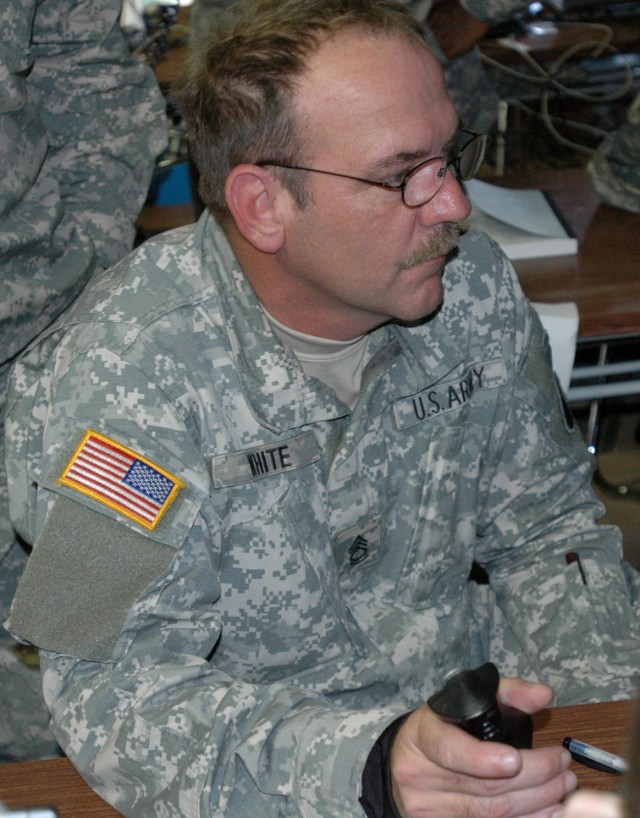
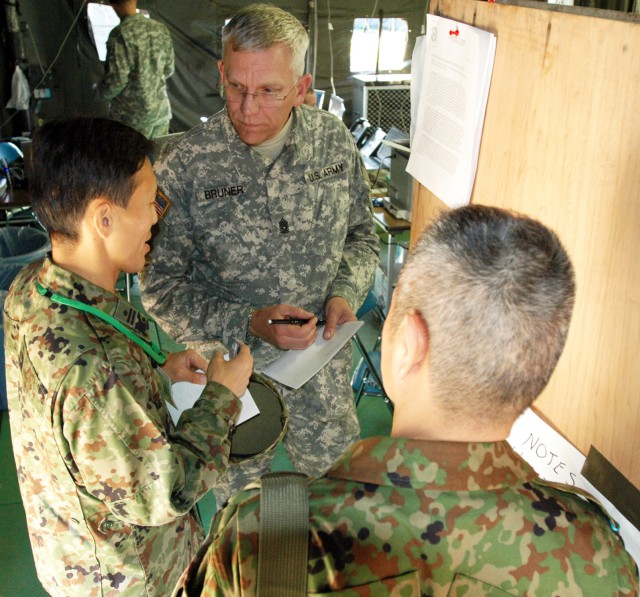
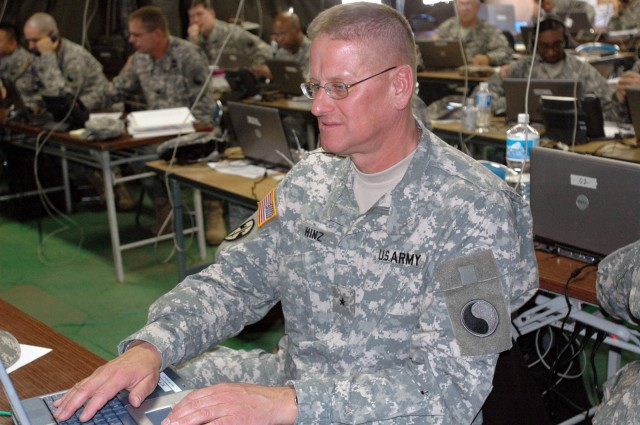
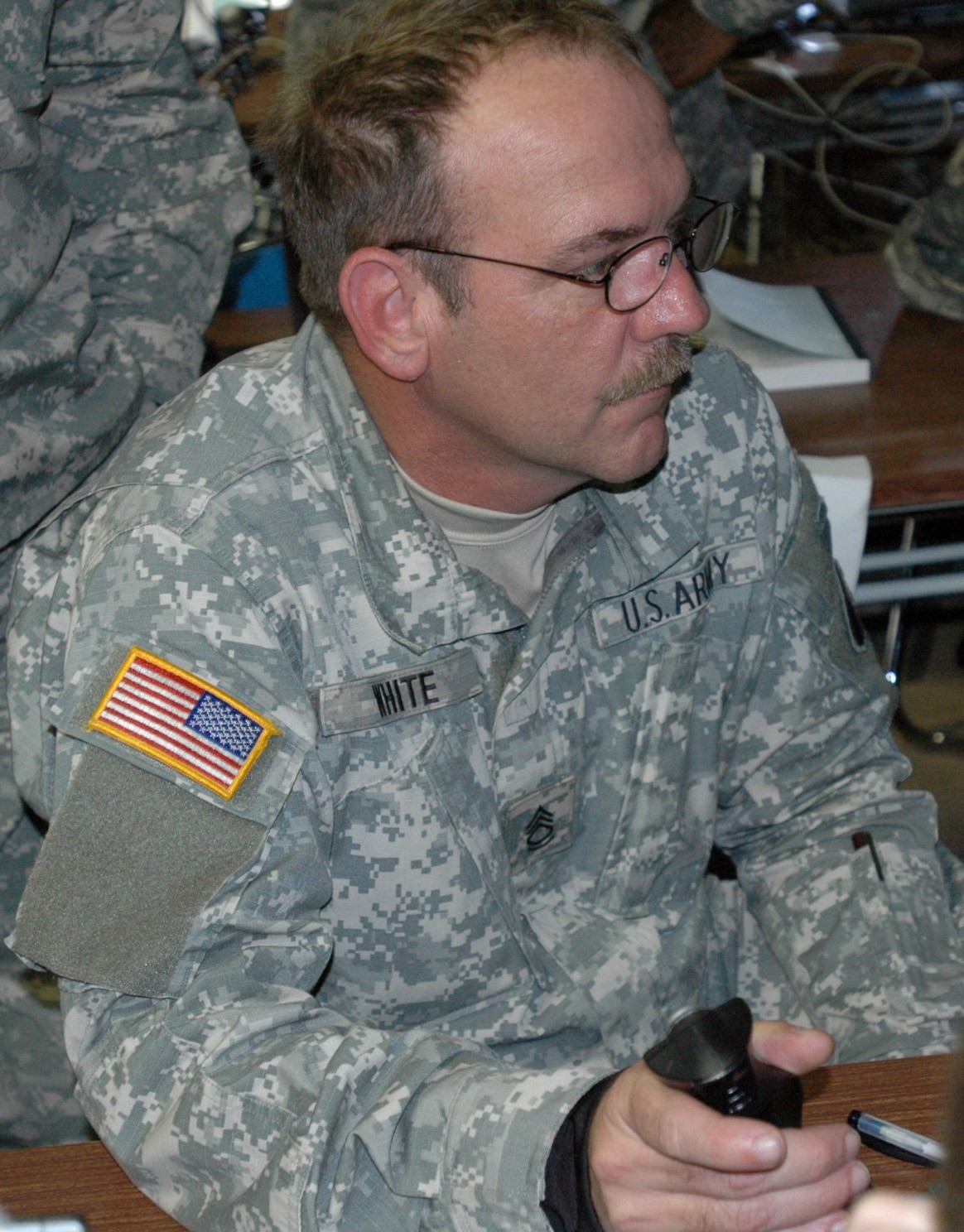
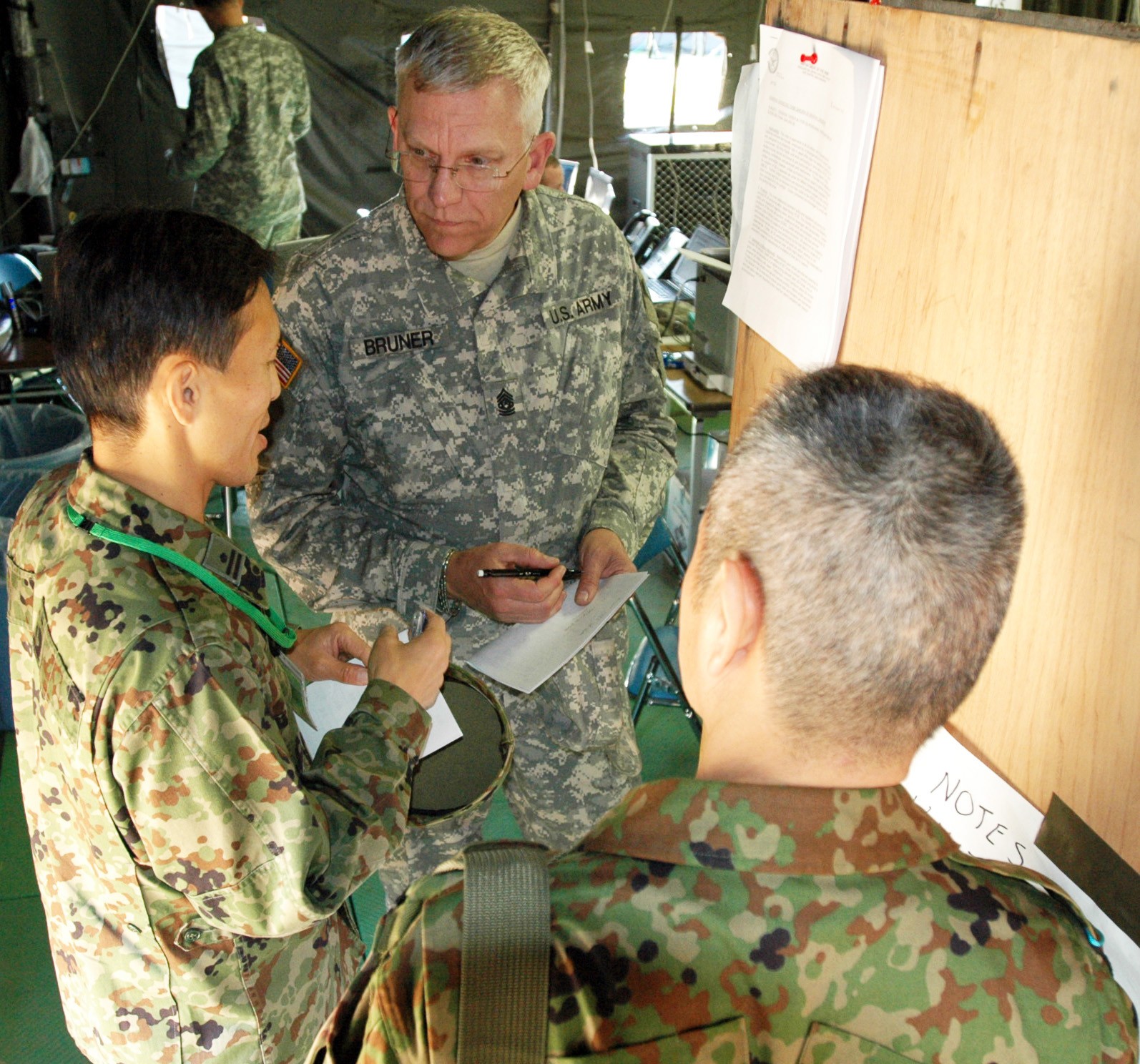
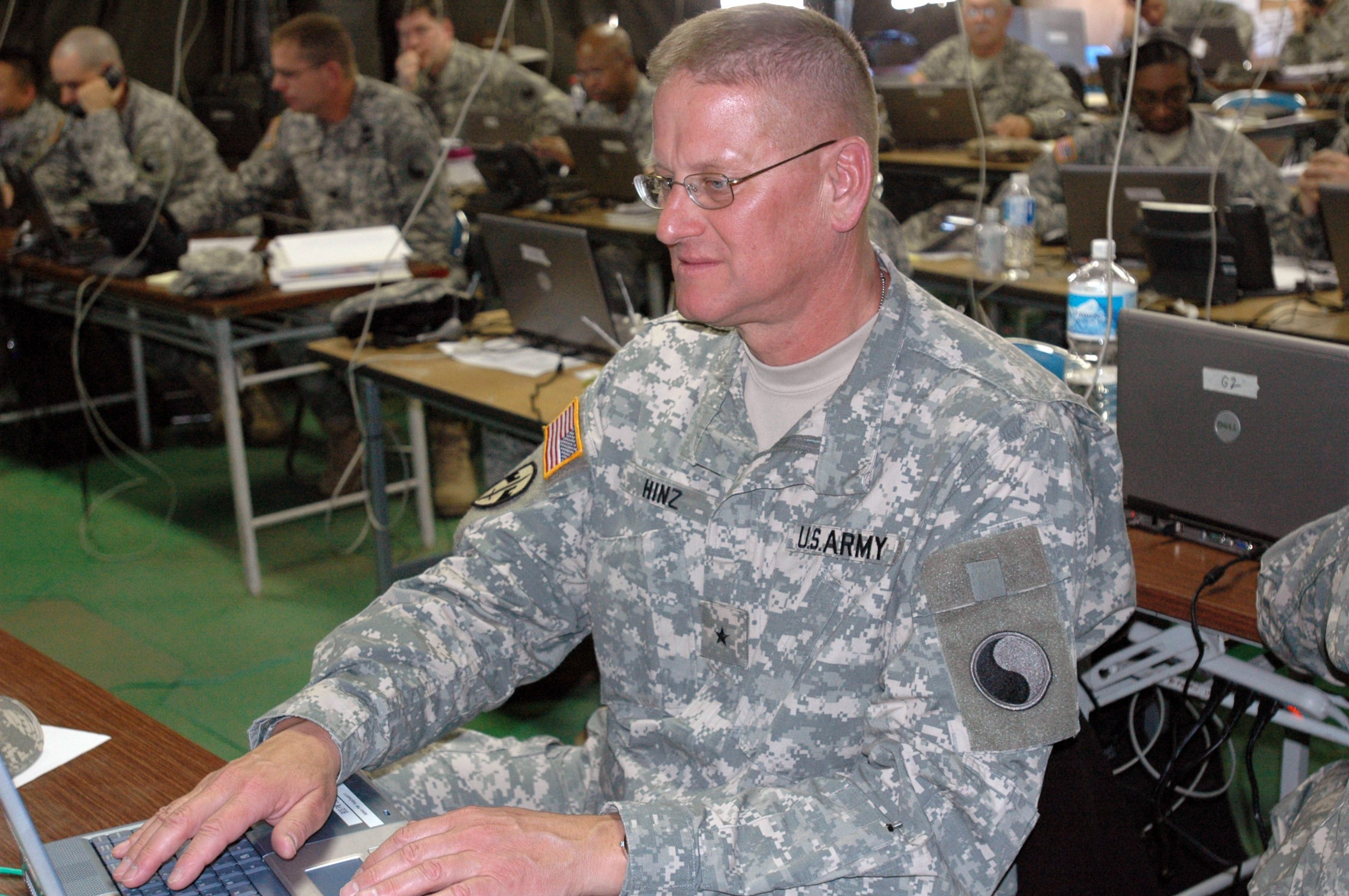
Social Sharing